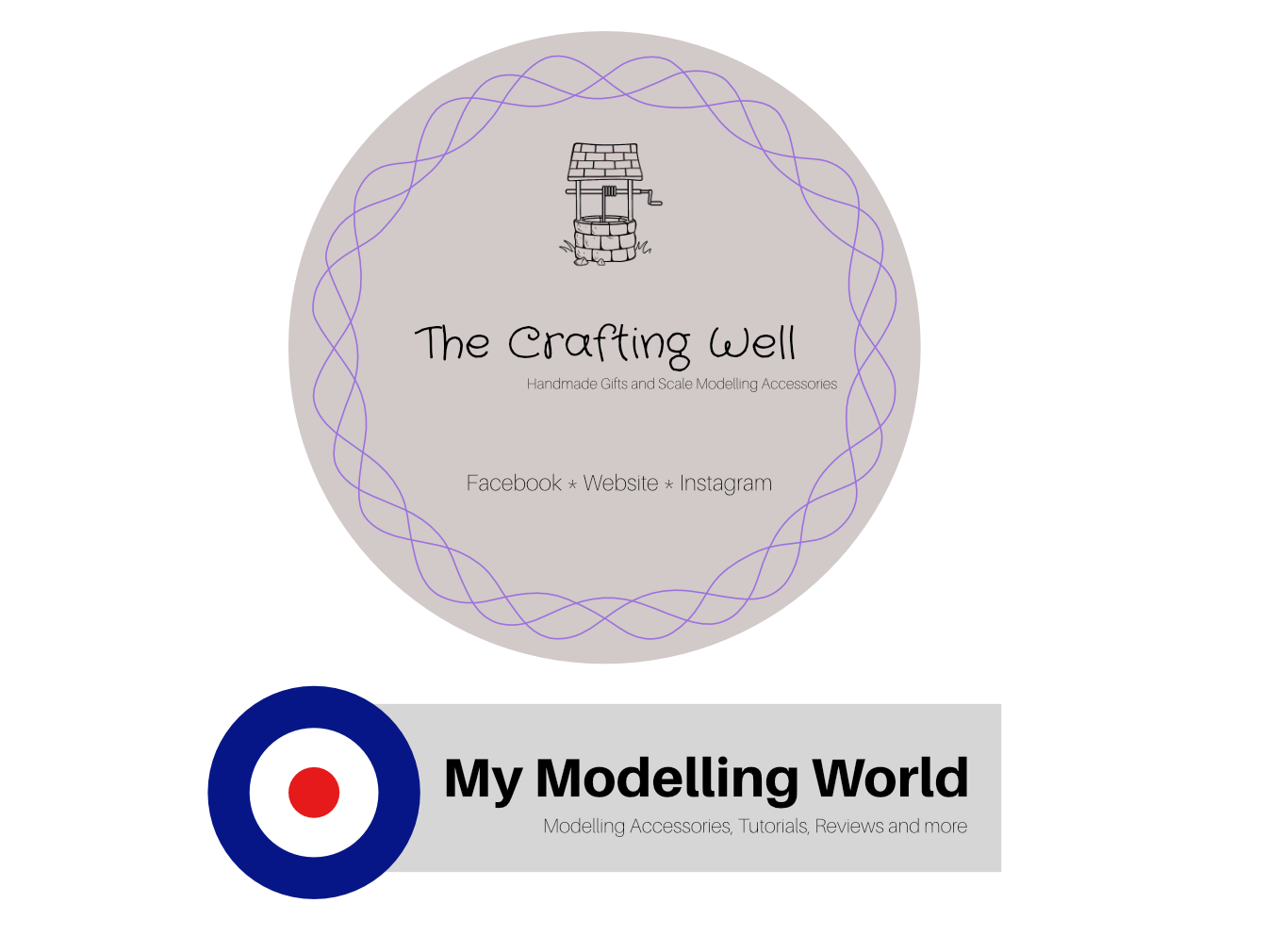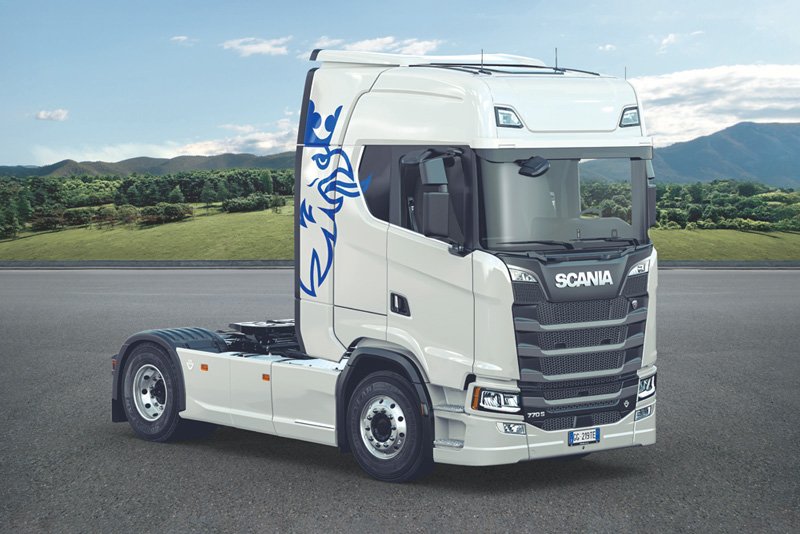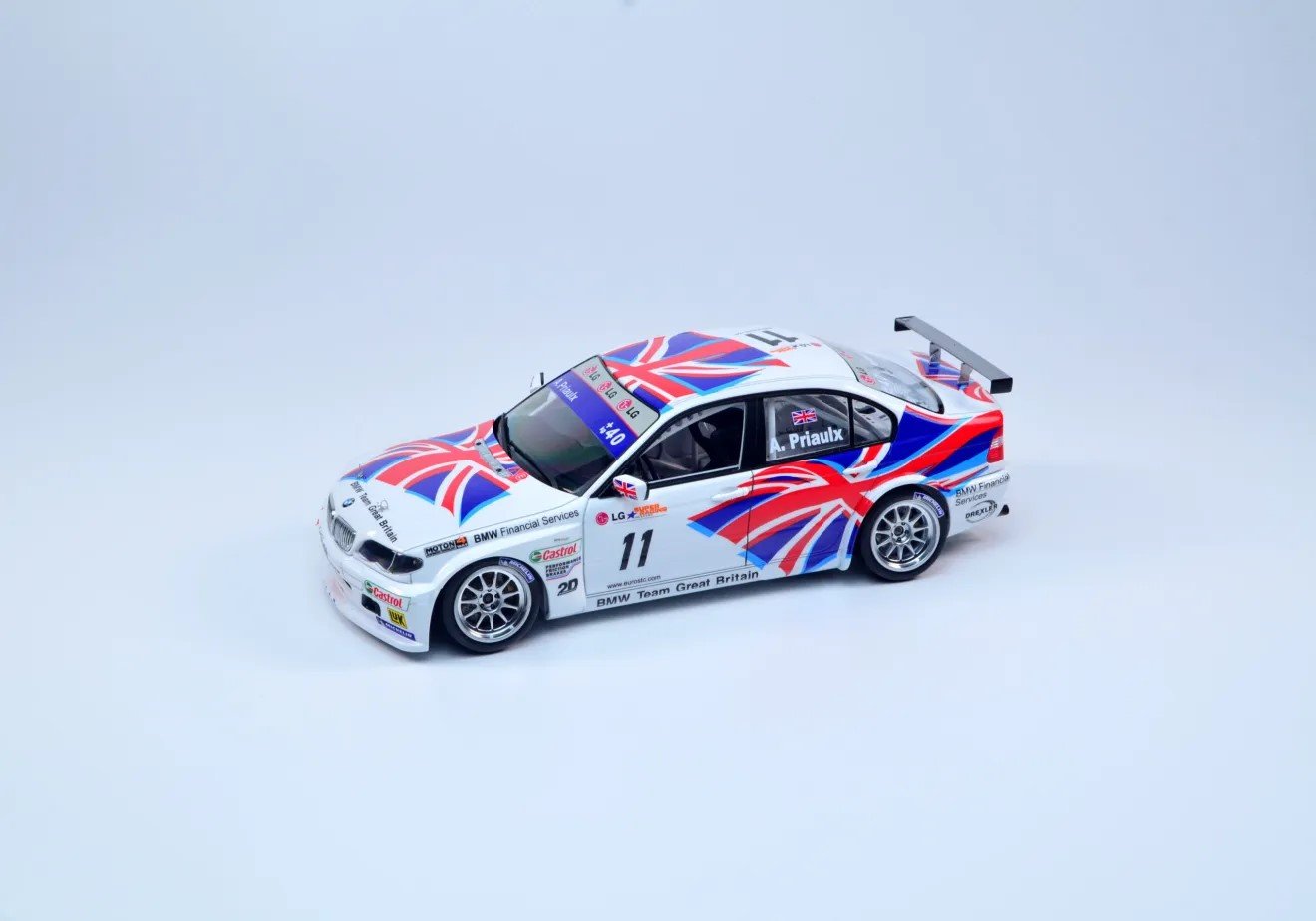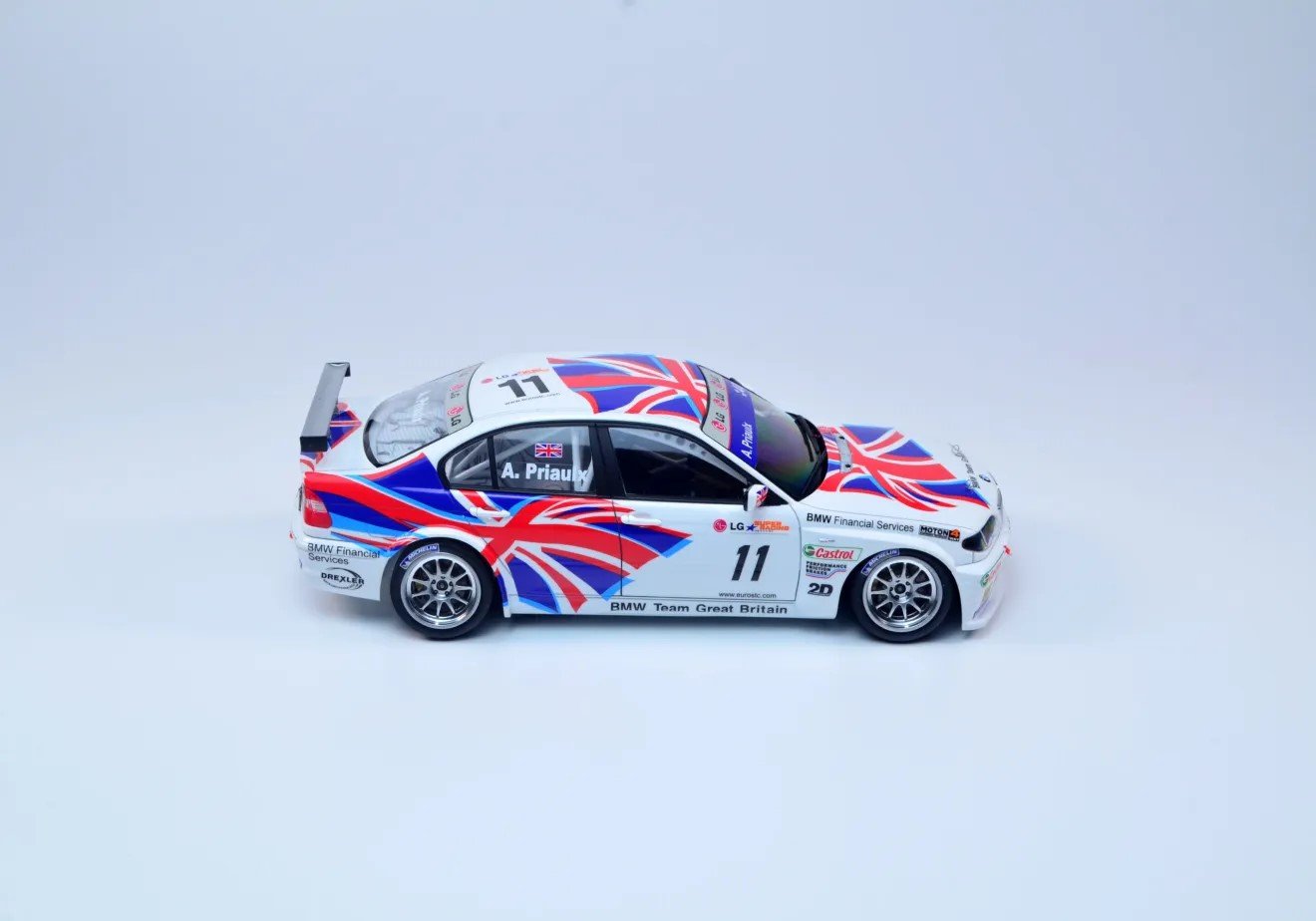Airfix A17002 Supermarine Spitfire Mk.VIII 1:24 Model Kit New Tool
Brand New Kit
Schemes Include
Supermarine Spitfire F Mk.VIII
Royal Australian Air Force (1921-now)
No. 457 Sqn. ZP-W | A58-606 Grey Nurse (S/Ldr. Bruce Watson) 1945 World War 2»Pacific Theatre - Morotai Island
Royal Air Force (1918-now)
No. 152 (Hyderabad) Sqn. UM-C | MT507 (F/O Len A. Smith) March 1945 World War 2»China Burma India Theatre - Sinthe Airstrip
US Army Air Forces (1941-1947)
307 FS, 31 FG, 15 AF MX March 1944 World War 2»Mediterranean Theatre - Castel Volturno
Product Info
This new super-kit features several new parts to enable the accurate creation of a Mk.VIII, using our 2022 release of the Spitfire Mk.IX.c as the base kit. The new parts include;
Upper and lower wing surface, including leading edge fuel tanks and gun camera position.
Short span ailerons
Retractable tailwheel section
Revised instrument panel
Repositioned fuselage light
One of the most impressive features associated with the enduring legacy of the Spitfire is how its basic design was able to be adapted and upgraded so effectively throughout the Second World War and how the final variants of this magnificent aircraft were far more capable that the ones which first arrived at RAF Duxford during the summer of 1938.
With the Spitfire undergoing almost constant development to enable it to stay at the forefront of fighter technology during WWII, this vital work was interrupted by the introduction of the Luftwaffe's fearsome new Focke Wulf Fw190 in 1941, an aircraft which was superior to the Spitfire Mk.V which was in widespread service at the time.
A new Spitfire variant, the Mk.VIII, was at an advanced stage of development at the time, however, actual production was still some way off, as manufacturing jigs had not been installed in factories at that time. A stop-gap solution proved to be the introduction of the hybrid Mk.IX, an aircraft which fortunately proved to be something of a revelation and more than a match for the Focke Wulf.
The planned Spitfire Mk.VIII would continue into production and was essentially a fighter intentionally designed and engineered from the outset to be the next version of the fighter and a major production variant. Powered by the latest variants of Merlin engine, the Mk.VIII featured a strengthened fuselage, retractable tail wheel and the adoption of a new broad-chord rudder, with versions optimised for high, medium and low altitude operations.
This variant of Spitfire served primarily with units based overseas, with the RAF in the Mediterranean, Middle and Far East and the RAAF in the South West Pacific. Many pilots who flew several marks of this famous fighter regarded the Mk.VIII as the best flying Spitfire of them all.
Grey Nurse History
No. 457 Squadron Royal Australian Air Force became known as ‘Grey Nurse Squadron’ after repainting their newly arrived Spitfire Mk.VIIIs with distinctive shark mouths. Originally tasked with the air defence of Darwin, the squadron was soon moved northwards to Morotai and eventually Labuan to primarily conduct ground attack missions against the Japanese forces. The aircraft portrayed is that of 457’s commanding officer, Sqn. Ldr. Bruce Watson DFC.
Brand New Kit
Schemes Include
Supermarine Spitfire F Mk.VIII
Royal Australian Air Force (1921-now)
No. 457 Sqn. ZP-W | A58-606 Grey Nurse (S/Ldr. Bruce Watson) 1945 World War 2»Pacific Theatre - Morotai Island
Royal Air Force (1918-now)
No. 152 (Hyderabad) Sqn. UM-C | MT507 (F/O Len A. Smith) March 1945 World War 2»China Burma India Theatre - Sinthe Airstrip
US Army Air Forces (1941-1947)
307 FS, 31 FG, 15 AF MX March 1944 World War 2»Mediterranean Theatre - Castel Volturno
Product Info
This new super-kit features several new parts to enable the accurate creation of a Mk.VIII, using our 2022 release of the Spitfire Mk.IX.c as the base kit. The new parts include;
Upper and lower wing surface, including leading edge fuel tanks and gun camera position.
Short span ailerons
Retractable tailwheel section
Revised instrument panel
Repositioned fuselage light
One of the most impressive features associated with the enduring legacy of the Spitfire is how its basic design was able to be adapted and upgraded so effectively throughout the Second World War and how the final variants of this magnificent aircraft were far more capable that the ones which first arrived at RAF Duxford during the summer of 1938.
With the Spitfire undergoing almost constant development to enable it to stay at the forefront of fighter technology during WWII, this vital work was interrupted by the introduction of the Luftwaffe's fearsome new Focke Wulf Fw190 in 1941, an aircraft which was superior to the Spitfire Mk.V which was in widespread service at the time.
A new Spitfire variant, the Mk.VIII, was at an advanced stage of development at the time, however, actual production was still some way off, as manufacturing jigs had not been installed in factories at that time. A stop-gap solution proved to be the introduction of the hybrid Mk.IX, an aircraft which fortunately proved to be something of a revelation and more than a match for the Focke Wulf.
The planned Spitfire Mk.VIII would continue into production and was essentially a fighter intentionally designed and engineered from the outset to be the next version of the fighter and a major production variant. Powered by the latest variants of Merlin engine, the Mk.VIII featured a strengthened fuselage, retractable tail wheel and the adoption of a new broad-chord rudder, with versions optimised for high, medium and low altitude operations.
This variant of Spitfire served primarily with units based overseas, with the RAF in the Mediterranean, Middle and Far East and the RAAF in the South West Pacific. Many pilots who flew several marks of this famous fighter regarded the Mk.VIII as the best flying Spitfire of them all.
Grey Nurse History
No. 457 Squadron Royal Australian Air Force became known as ‘Grey Nurse Squadron’ after repainting their newly arrived Spitfire Mk.VIIIs with distinctive shark mouths. Originally tasked with the air defence of Darwin, the squadron was soon moved northwards to Morotai and eventually Labuan to primarily conduct ground attack missions against the Japanese forces. The aircraft portrayed is that of 457’s commanding officer, Sqn. Ldr. Bruce Watson DFC.
Brand New Kit
Schemes Include
Supermarine Spitfire F Mk.VIII
Royal Australian Air Force (1921-now)
No. 457 Sqn. ZP-W | A58-606 Grey Nurse (S/Ldr. Bruce Watson) 1945 World War 2»Pacific Theatre - Morotai Island
Royal Air Force (1918-now)
No. 152 (Hyderabad) Sqn. UM-C | MT507 (F/O Len A. Smith) March 1945 World War 2»China Burma India Theatre - Sinthe Airstrip
US Army Air Forces (1941-1947)
307 FS, 31 FG, 15 AF MX March 1944 World War 2»Mediterranean Theatre - Castel Volturno
Product Info
This new super-kit features several new parts to enable the accurate creation of a Mk.VIII, using our 2022 release of the Spitfire Mk.IX.c as the base kit. The new parts include;
Upper and lower wing surface, including leading edge fuel tanks and gun camera position.
Short span ailerons
Retractable tailwheel section
Revised instrument panel
Repositioned fuselage light
One of the most impressive features associated with the enduring legacy of the Spitfire is how its basic design was able to be adapted and upgraded so effectively throughout the Second World War and how the final variants of this magnificent aircraft were far more capable that the ones which first arrived at RAF Duxford during the summer of 1938.
With the Spitfire undergoing almost constant development to enable it to stay at the forefront of fighter technology during WWII, this vital work was interrupted by the introduction of the Luftwaffe's fearsome new Focke Wulf Fw190 in 1941, an aircraft which was superior to the Spitfire Mk.V which was in widespread service at the time.
A new Spitfire variant, the Mk.VIII, was at an advanced stage of development at the time, however, actual production was still some way off, as manufacturing jigs had not been installed in factories at that time. A stop-gap solution proved to be the introduction of the hybrid Mk.IX, an aircraft which fortunately proved to be something of a revelation and more than a match for the Focke Wulf.
The planned Spitfire Mk.VIII would continue into production and was essentially a fighter intentionally designed and engineered from the outset to be the next version of the fighter and a major production variant. Powered by the latest variants of Merlin engine, the Mk.VIII featured a strengthened fuselage, retractable tail wheel and the adoption of a new broad-chord rudder, with versions optimised for high, medium and low altitude operations.
This variant of Spitfire served primarily with units based overseas, with the RAF in the Mediterranean, Middle and Far East and the RAAF in the South West Pacific. Many pilots who flew several marks of this famous fighter regarded the Mk.VIII as the best flying Spitfire of them all.
Grey Nurse History
No. 457 Squadron Royal Australian Air Force became known as ‘Grey Nurse Squadron’ after repainting their newly arrived Spitfire Mk.VIIIs with distinctive shark mouths. Originally tasked with the air defence of Darwin, the squadron was soon moved northwards to Morotai and eventually Labuan to primarily conduct ground attack missions against the Japanese forces. The aircraft portrayed is that of 457’s commanding officer, Sqn. Ldr. Bruce Watson DFC.


















































